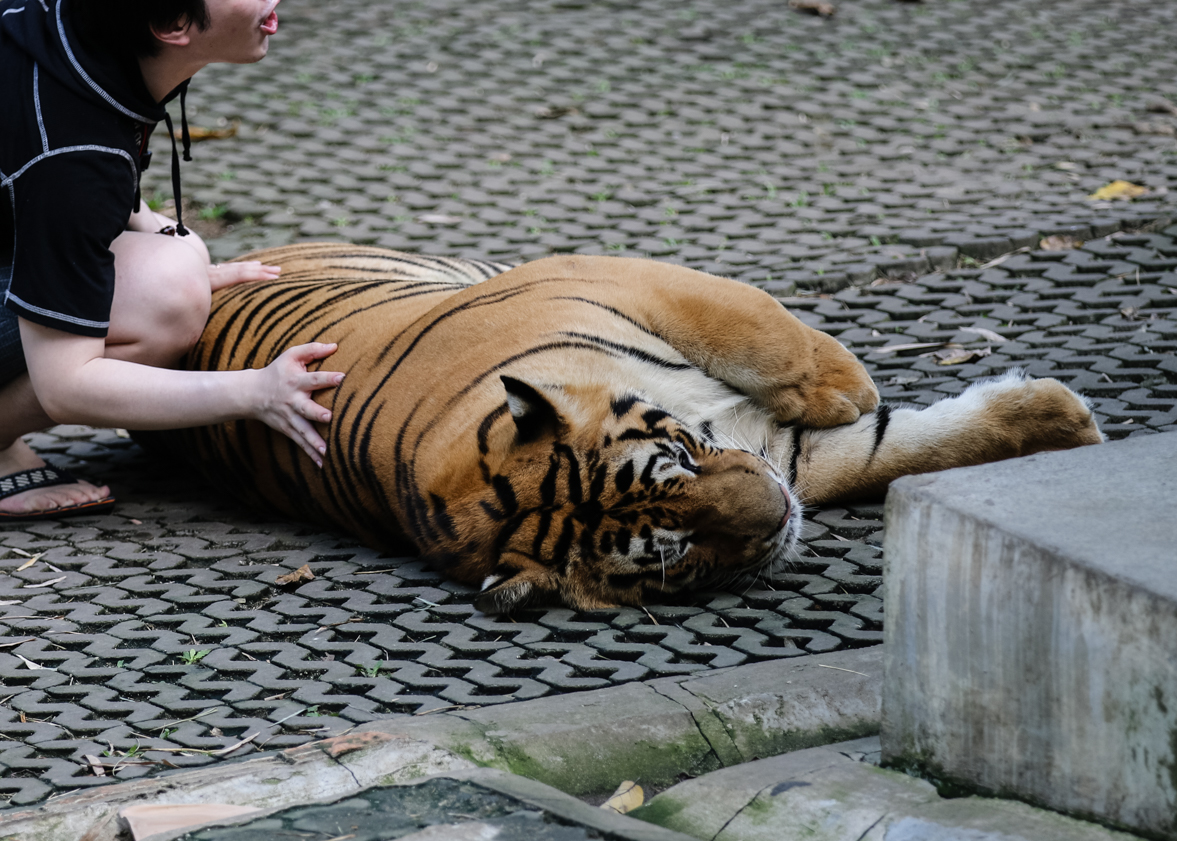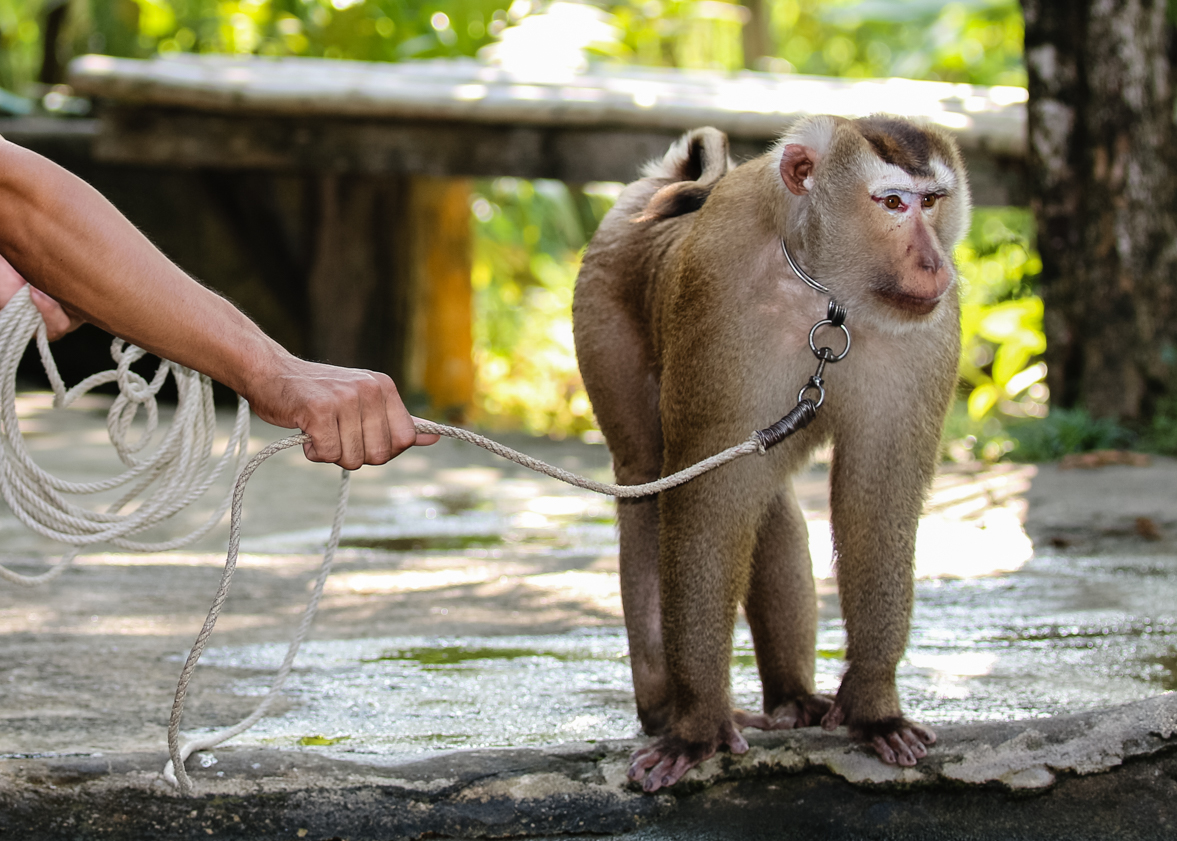News
World Travel Market – WildCRU and Responsible Wildlife Tourism
The good, the bad and the ugly – wildlife tourism can, in its various guises, be all three, writes David Macdonald, and while the good part may be the salvation of wildlife and a joy to the participants, weeding out the bad and the ugly is important. This is why WildCRU’s Dr Tom Moorhouse is leading our major research strand on Responsible Wildlife Tourism. This topic was high on the agenda throughout the World Travel Market’s two day London meet last month. Speaking a panel in a session dedicated to “Wildlife: animal welfare and conservation” Tom opened with a statistic drawn from our work, that 60% of the 3.6-6 million wildlife tourists a year pay – knowingly or not – to participate for activities with negative animal welfare and/or negative conservation impacts.
Tom, whose remarkable career with WildCRU spans the conservation of water voles, the control of invasive American crayfish and now, world-leading work on human behaviour change, pointed out that hundreds of thousands of animals are negatively affected by wildlife tourism, but that tourism has a vital role in safeguarding the habitats of others. The problem is that in many countries the impacts of wildlife tourist attractions are completely unregulated.
This means bad news for tourists, because there often exist no safeguards to prevent us, as well-intentioned but undiscerning punters, from paying for impacts on animals we would not wish to support. The good news, though, is that WildCRU’s research, led by Tom Moorhouse, shows that if tourists choose carefully they are able to distinguish beneficial attractions from those with detrimental standards.
It all depends on the activities you get involved with. Wildlife tourist attractions offering close interactions (petting, cuddling, touching or riding animals) are far more likely to be bad for the animals’ welfare and species conservation than those where tourists are encouraged to keep at a small distance. As Tom explained to the London conference: “If there is one rule – if you are touching the animals and are in the position to have a selfie taken with them, you are probably doing something wrong.”
Relevant publications:
https://journals.plos.org/plosone/article?id=10.1371/journal.pone.0138939
https://www.sciencedirect.com/science/article/pii/S2351989417301907
Other media reports of the event:
https://www.eturbonews.com/237446/wtm-responsible-tourism-tuesday-round-up
-
 Copyright Neil D'Cruze
Copyright Neil D'Cruze -
 © Neil d'Cruze
© Neil d'Cruze -






